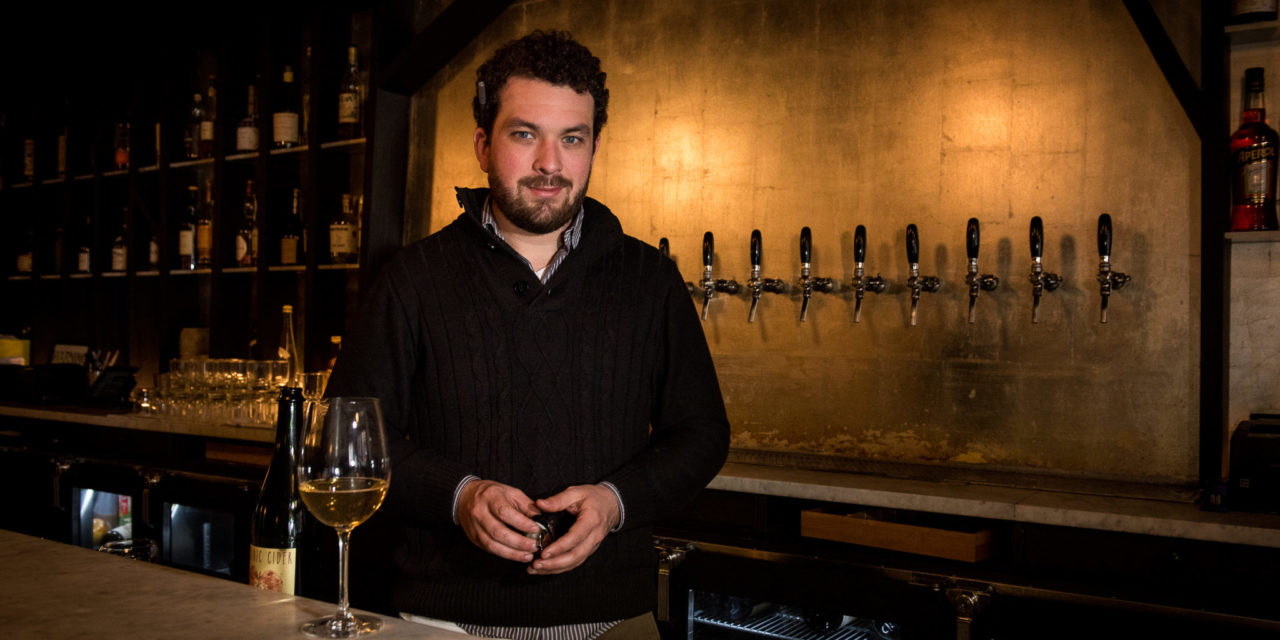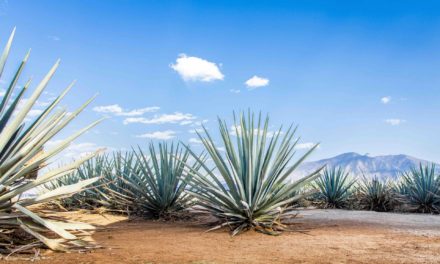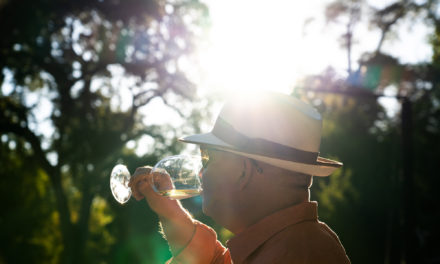When it comes to cider, there’s more to the pursuit of terroir than simply analyzing soil makeup and climate indicators. Despite the elixir’s ancient nature, it’s still far behind wine—and even cannabis—in the work to define how place influences taste.

“The more we can refine the conversation—introduce the concepts of terroir and varietal style—the better we can communicate what’s inside the bottle.” —Dan Pucci [Gabi Porter Photography]
Of his current work, Pucci says, “Everything’s been a discovery. There’s so much we don’t know.” He says this isn’t a case of “lost knowledge,” but simply because “the cider industry doesn’t effectively communicate with itself.”
To bridge the knowledge gaps, he points to institutions such as Washington State University and Cornell University, which are conducting studies and looking to define “how to grow [cider apple varieties] most effectively.” He believes this work will ultimately move the industry forward and encourage deeper conversation and understanding.
For Pucci, it’s all about consumer education. “The more we can refine the conversation—introduce the concepts of terroir and varietal style—the better we can communicate what’s inside the bottle.”
Pucci believes in “social terroir”: “I think of terroir as the sum total on the environment, including climate, geography, and soil. But it’s also about the growing process—the people, culture, and techniques used to bring the fruit to harvest.”
He explains: “There are micro-level differences between places, and these types of differences inform cidermaking in their regions. But just as important, I think, are the realities of farming from region to region. In the Finger Lakes area of New York, for example, there’s a proliferation of small farms and independent cidermakers working alongside small-scale wineries in the area. Not 50 miles away, even though the soil and climate aren’t that much different, it’s more typical to have really large—500 acre or more—farms and orchards. These economies of scale definitely affect the final product.”
New York has passed a law that any cider using the state’s name on its label must be made from 100 percent New York fruit. Pucci calls this a “first step” toward using place names to identify cider style. “Federal law prohibits use of a wine AVA designation on cider from the same area,” Pucci explains. “We have to look five or even 10 years out to envision a similar [AVA system] for cider.”











